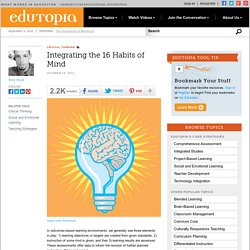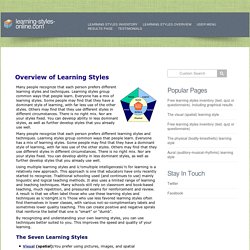

Tips for Students: Managing (and Avoiding) Stress in College. Cell phones: A classroom distraction. Cell phones are very useful and even necessary in daily life, except in the classroom.

Students who use their cell phones during lecture time have found that they may experience themselves in a predicament that’s far from amusing. These problems may occur on a small scale, like that of senior economics major Jordan Rymer. “[I'm] whispering to a guy during class that I [do] not know at all,” said Rymer, “when, all of a sudden, my phone rings. I pull it out to see who it is. Then, he looks over and proceeds to ask why his girlfriend is calling me.” While Rymer’s ‘oops’ moment involved only one other student, sophomore English major Natalie Sherman shared an uncomfortable cell phone experience with her entire class.
“Everyone knew it was me,” Sherman said. The use of cell phones during class and study time causes detrimental effects for students, according to a survey taken in December 2009 by 185 SMU students on SurveyMonkey.com. Scalise’s cell phone policy states exactly that, and more. You say multitasking like it's a good thing. Six habits of mind @ Cerritos College. CA Career Briefs. Integrating the 16 Habits of Mind. In outcomes-based learning environments, we generally see three elements in play: 1) learning objectives or targets are created from given standards; 2) instruction of some kind is given; and then 3) learning results are assessed.

These assessments offer data to inform the revision of further planned instruction. Rinse and repeat. But lost in this clinical sequence are the Habits of Mind that (often predictably) lead to success or failure in the mastery of given standards. In fact, it is not in the standards or assessments, but rather these personal habits where success or failure -- in academic terms -- actually begin. Below are all 16 Habits of Mind, each with a tip, strategy or resource to understand and begin implementation in your classroom.
The habits themselves aren't new at all, and significant work has already been done in the areas of these "thinking habits. " And a renewed urgency for their integration. 1. 2. 3. 4. Overview of learning styles. Many people recognize that each person prefers different learning styles and techniques.

Learning styles group common ways that people learn. Everyone has a mix of learning styles. Some people may find that they have a dominant style of learning, with far less use of the other styles. Others may find that they use different styles in different circumstances. There is no right mix. Using multiple learning styles and �multiple intelligences� for learning is a relatively new approach. By recognizing and understanding your own learning styles, you can use techniques better suited to you.
Life expectancy and education. Research for students. Goal setting text set. WCU paper on service learning. Internet tools for College 1. Great learning strategy websites. What students say they need to succeed at the CC level. Learn to Change, Change to Learn. Steps to be mindful of while teaching. Differences between high school and college. Mindset and Hope. Text set on Procrastination.